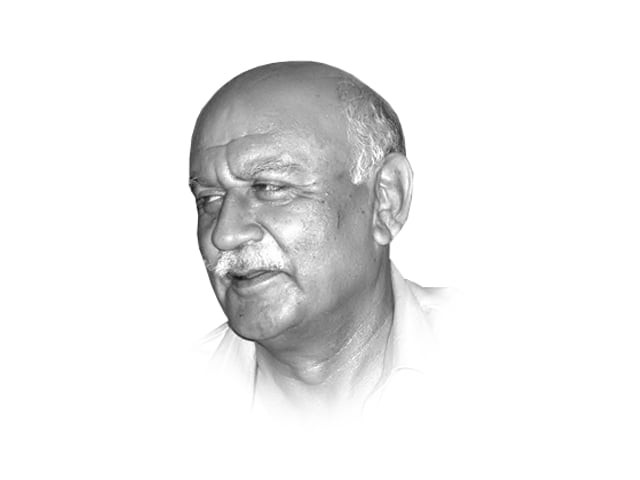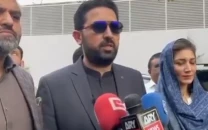Understanding the problems of Kurram Agency
Everyone knows that there is an age-old sectarian rift in the region.

Everyone knows that there is an age-old sectarian rift in the region. However, that is one of a myriad of issues. Unlike other tribal agencies, where one tribe is dominant, if not the exclusive occupant of the agency, Kurram has a diverse tribal structure, giving rise to inter-tribal rivalries and internecine wars. The main tribes in Kurram are: Turi, Bangash, Zazi, Para, Mangal and Orakzai. The Orakzai are, in many ways, the most significant of the tribes in Kurram, since the Orakzai Agency, consisting almost exclusively of Orakzais, neighbours it.
The army went into South Waziristan (SWA) when the Isaf troops, instead of playing the anvil to the Pakistan Army’s hammer, vacated numerous posts opposite the SWA. This meant Hakeemullah, and the bulk of his Mehsud followers (estimates of their numbers range from 3,000-5,000), managed to escape to Afghanistan.
The Mehsud faction of the Taliban was always the most effective machinery targeting the Pakistani state; whether under Baitullah or his successor, Hakimullah. This was due to the fact that they had control of a considerable territory in SWA, which provided administrative, training and financial support, along with a safe haven and a command and control infrastructure, training volunteer recruits even from Punjab. Deprived of this by the entry of the army and denied such space in Afghanistan by the Afghan Taliban, the faction needed another safe haven.
In March 2008, the Orakzai tribe organised a Loye Jirga (Grand Council of Elders) to raise a lashkar against the Taliban. The jirga was targeted by three suicide bombers, killing as many as 125 tribal elders, depriving the Orakzai tribe of effective traditional leadership. The Taliban swiftly took over Orakzai Agency and rule it to date, though not as effectively as they controlled SWA. This was the space available to Hakimullah, but Orakzai Agency shares no border with Afghanistan. Consequently, Hakimullah and his followers had to trickle in via Khyber and Kurram Agencies.
After securing SWA, Orakzai was marked by the army as its next target. However, Orakzai Agency has a peculiar advantage for the force defending it. It presents a linear front to the settled areas in Khyber-Pakhtunkhwa and its flanks are protected by Khyber and Kurram. Any army that has learnt its lesson on the conduct of warfare against a guerrilla army (and the present Pakistan Army seems to have done so), is fully cognisant of the importance of surrounding the guerrilla forces to deny them any exit for escape. Any attempt at assaulting Orakzai frontally, even if multi-pronged, will afford the guerrilla force an ideal opportunity to fade away to the flanks of each prong, and, in small groups, nibble at the flanks. That is why it is imperative for the army to secure its flanks in Khyber and Kurram before entering Orakzai in force.
Even if one flank, Kurram, is secured, the army can, from that direction, launch its offensive, while sealing the linear front Orakzai presents to the settled areas opposite it, and, if Hakeemullah continues to retreat into Khyber, the army could also continue to extend its operation. But the army definitely requires a secure Kurram, at the very least.
Hakeemullah is aware of this strategic compulsion and cannot but ensure that the army is denied secure flanks in Khyber and Kurram. In Khyber, Hakeemullah is being assisted by the few followers of Mangal Bagh and numerous splinter groups amongst the Afridis. However, in Kurram, he is forced to ensure this personally. Thus, the incident on March 25, killing some and kidnapping over three dozen individuals, all members of the Shia community, came at a juncture, when, powered by the Orakzais — who have a vested interest in seeing the Orakzai Agency liberated — the Turi, Bangash, Zazi and the Mangal tribes had joined to make peace and reassure their Shia brethren of their safety.
It has nothing to do with the inability of the Taliban to abide by their word; it is a strategic necessity in their fight for survival.
Published in The Express Tribune, March 29th, 2011.















COMMENTS
Comments are moderated and generally will be posted if they are on-topic and not abusive.
For more information, please see our Comments FAQ